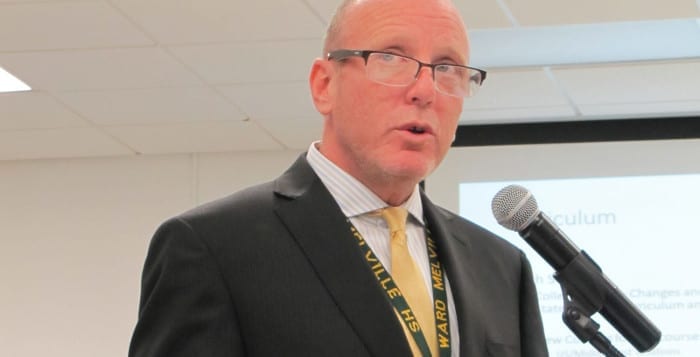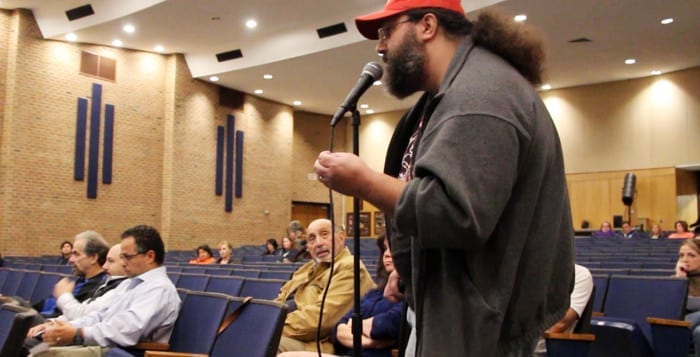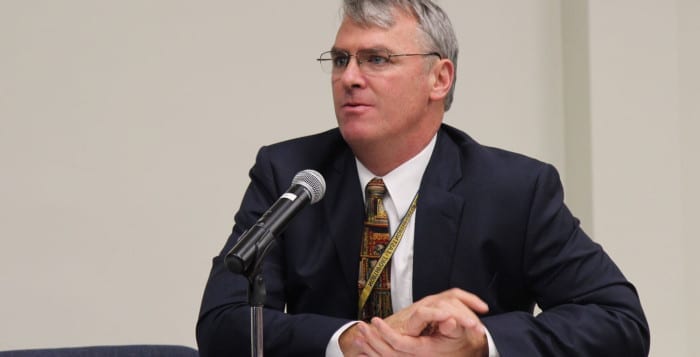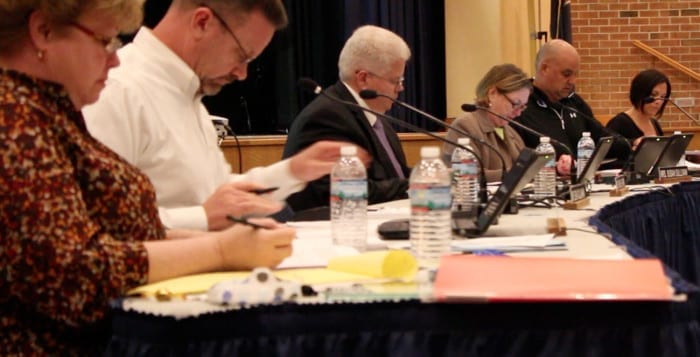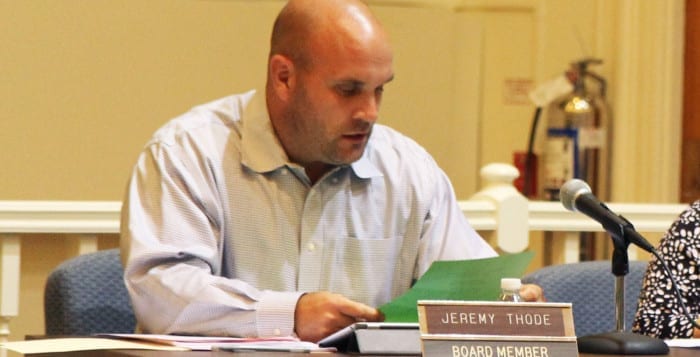By Miguel Bustamante
Northport school district is enacting stricter rules for handling student-athletes with concussions.
School board members were informed of new procedures for kids returning to athletics after those injuries during their meeting on Nov. 5, using guidance from New York State regulations.

Paul Klimuszko, Northport-East Northport’s director of physical education, athletics and health, and Cynthia Fitzgerald, director of student support services, made a presentation to the board outlining the new procedures to follow if a student has a concussion.
“A concussion is an injury that changes the ways the cells in our brain function,” Fitzgerald said. “It’s important to understand that a concussion is a brain injury, and can occur in any sport.”
According to Fitzgerald, there are between 70 and 90 concussions in the district every year, including at the middle and high school levels.
The two administrators laid out the “return to play” regulations, which are used across the country and require students to complete a five-stage observational test before full re-entry into school-sponsored physical activities.
The five stages include light to moderate aerobic exercises observed by the school nurse and/or an athletic trainer; a non-contact gym class participation period; and a full-contact gym class participation period. A school district physician must clear the concussed students before he or she can be fully reintegrated into school athletics.
The presentation followed a previous district discussion about student safety in school athletics. That subject has been a hot topic over the last few years, but particularly since Tom Cutinella, a high school football player from Shoreham-Wading River, died after taking a big hit in a game against John Glenn High School in Elwood last year. School districts across Long Island have been making changes to their concussion responses following Cutinella’s death, and there have been new directions from the state on the matter.
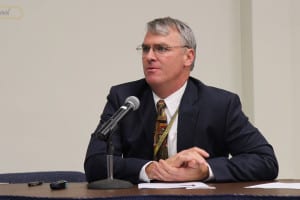
New York State’s Concussion Management and Awareness Act of 2011 requires local school boards to develop and promote concussion management policies. According to the act, children and adolescents are more susceptible to concussions and take longer than adults to fully recover.
“Therefore, it is imperative that any student suspected of having sustained a concussion be immediately removed from athletic activity … until evaluated and cleared to return to athletic activity by a physician,” the act said.
Northport school officials don’t take concussions lightly, Klimuszko said.
“The athletic office ensures that all coaches are educated in the nature and risk of concussions and concussion-related injuries.”


